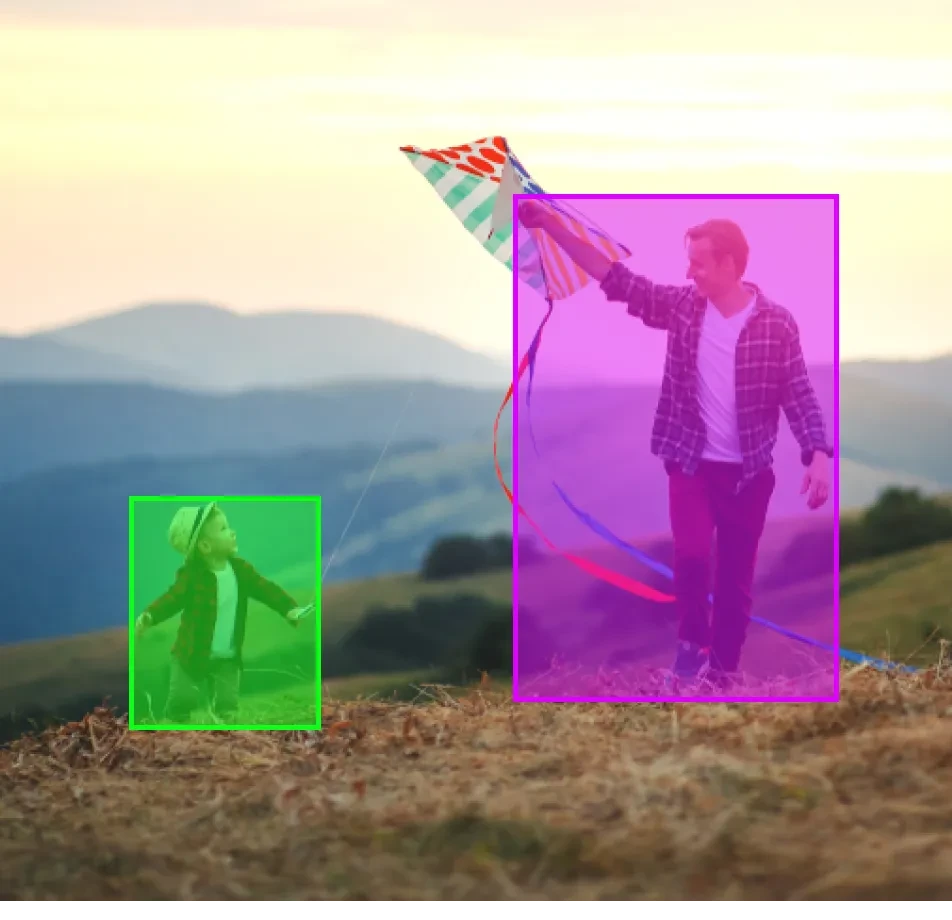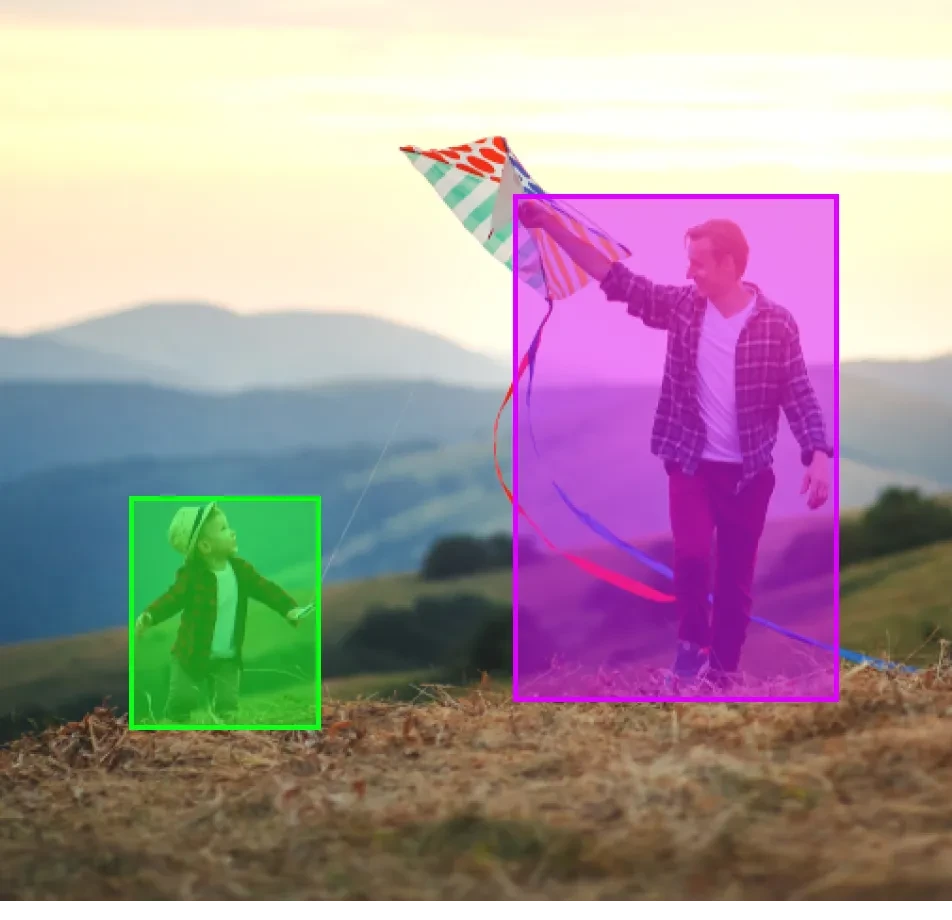Multiple Scenarios And Persons Semantic Segmentation Dataset
Home » Case Study » Multiple Scenarios And Persons Semantic Segmentation Dataset
Project Overview:
Objective
The objective of this case study is to illustrate how to create a specialized dataset designed for Semantic Segmentation tasks, particularly focusing on scenarios involving multiple persons. This dataset aims to facilitate the development and evaluation of computer vision algorithms that detect and segment individuals in complex real-world settings.
Scope
The scope of this project involves collecting a wide variety of images that feature multiple persons in various scenarios. Furthermore, we will meticulously annotate these images to ensure both data quality and relevance for Semantic Segmentation tasks.




Sources
- In addition, we have meticulously collected and curated a comprehensive list of outdoor recreational activities. Similarly, we have successfully collected and organized information on public transportation settings.
- In addition to offering a variety of services, we also curate and thoughtfully gather guests for indoor gatherings and events.
- Outdoor recreational activities that have been meticulously collected and successfully curated.
- Public transportation settings that have been successfully collected and organized.
- In addition, sports events and stadiums have been carefully collected and successfully curated. Lastly, shopping malls and crowded areas have been thoughtfully gathered and successfully curated for a comprehensive representation.
- Carefully selected and strategically placed, shopping malls and bustling areas can serve as a microcosm of the cultural and commercial landscape.



Data Collection Metrics
- Total Images: 50,000
- Street Scenes: 12,000
- Indoor Gatherings: 8,000
- Outdoor Activities: 10,000
- Public Transportation: 6,000
- Sports Events: 7,000
- Shopping Malls: 7,000
Annotation Process
Stages
- Raw Image Selection: To start with, we’ll focus on selecting raw images by curating a diverse set that represents the specified scenarios. Additionally, we’ll organize the images based on their relevance to each scenario.
- Semantic Segmentation: Now, we will proceed with semantic segmentation, precisely outlining the regions of individual persons in the images. First, we’ll identify key features within the images. Then, we’ll apply advanced algorithms to segment the images into distinct regions.
- Quality Control:To proceed, we will implement quality control measures, actively reviewing and refining the annotations to ensure accuracy. Additionally, we will incorporate feedback from stakeholders to enhance the quality of the annotations further. Moreover, we will regularly assess the annotation process, identifying any potential issues and promptly addressing them.
Annotation Metrics
- Total Annotations: 500,000
- Individual Person Segments: 450,000
- Quality Control Iterations: 50,000




Quality Assurance
Stages
Expert Review: A panel of computer vision experts reviewed a random subset of the annotated images to validate accuracy and consistency.
Consistency Checks:Additionally, automated algorithms were employed to detect and rectify any inconsistencies in the dataset. These algorithms effectively identified mislabeled segments or incomplete annotations and corrected them promptly.
Inter-annotator Agreement:Furthermore, multiple annotators worked collaboratively on a subset of the data. By verifying agreement among annotators, they maintained consistency in the annotations.
QA Metrics
- Annotations Reviewed by Experts: 5,000 (1% of total annotations)
- Inconsistencies Identified and Rectified: 2,000 (0.4% of total annotations)
Conclusion
Through rigorous collection and meticulous annotation processes, we successfully created a robust Semantic Segmentation dataset that focuses on scenarios involving multiple persons. This dataset exemplifies our commitment to data accuracy, comprehensiveness, and relevance, making it a valuable resource for the computer vision and machine learning community. Researchers and developers can thus leverage this dataset to advance the state of the art in person detection and segmentation in complex real-world environments.

Quality Data Creation

Guaranteed TAT

ISO 9001:2015, ISO/IEC 27001:2013 Certified

HIPAA Compliance

GDPR Compliance

Compliance and Security
Let's Discuss your Data collection Requirement With Us
To get a detailed estimation of requirements please reach us.
